Smew
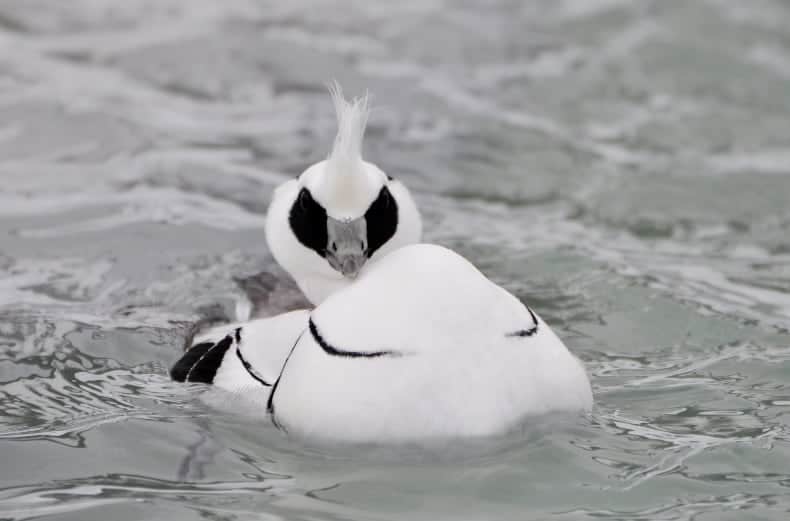
An old British name for a Smew drake is a White Nun; and the duck, a Redhead. juvniles and ducks have also been known as Weasel-coots. The drake’s courting call is like a distant chainsaw; one that will not start.
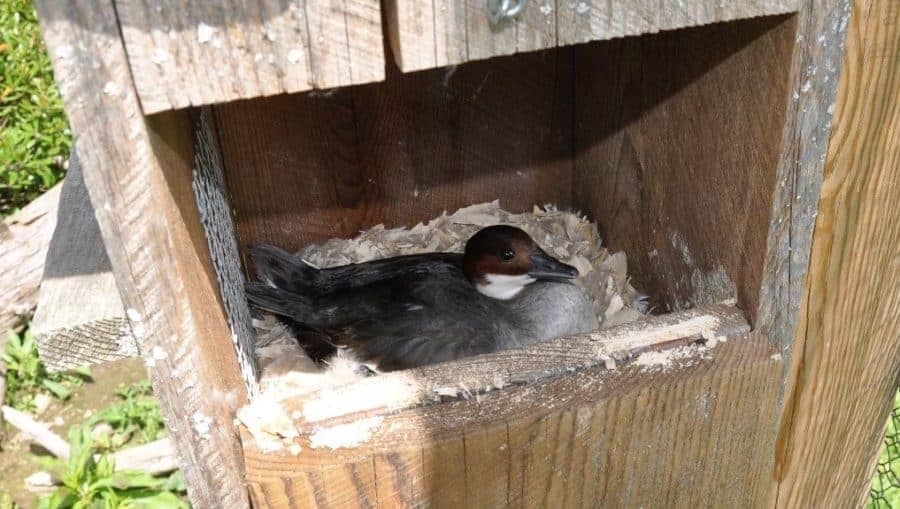
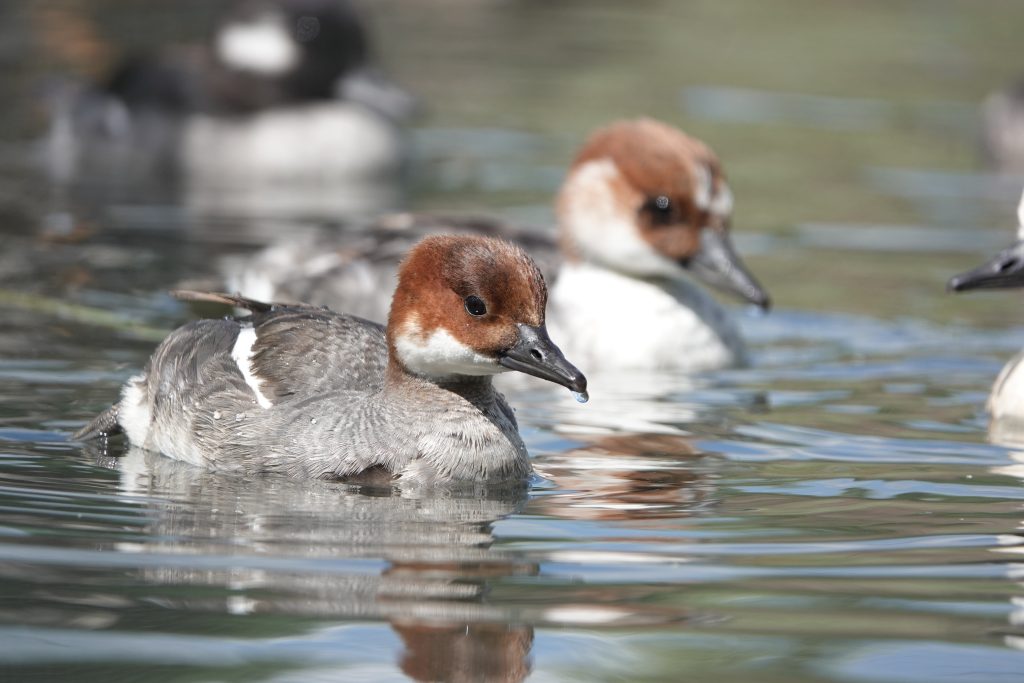
Mergellus albellus
Few ducks are as striking or as unmistakable as a drake Smew, his mainly white plumage contrasting with a black face patch and black back. The duck is less showy but still most attractive, with grey body, white cheeks and red head. Smew are agile small sawbills, their breeding range extending from northern Europe to the Pacific coast of Siberia.
Though there is a large global population of Smew, the trend is for numbers decreasing. In the UK, they are now a scarce winter visitor and now have Red status in Birds of Conservation Concern. Annual numbers seen, between 100 and 200, would have been matched in the middle of the last century at a single location. In 1956, a record 144 were seen on the Welsh Harp, a reservoir straddling the London boroughs of Brent and Barnet.
To identify the wild sawbills found in the UK, there is a useful article on Birdguides.
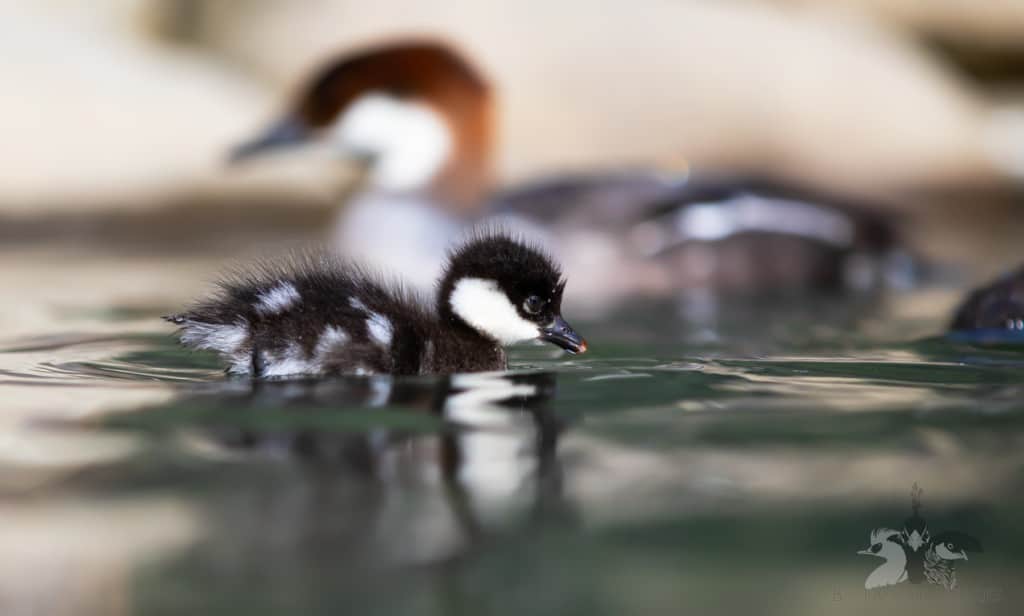
Like the larger Common Goldeneye, with which they will occasionally hybridise, they favour flooded woodland, small lakes and slow rivers. They are active birds, diving frequently but rarely coming on land. The drake is generally silent except when displaying, when he raises his distinctive frontal crest.
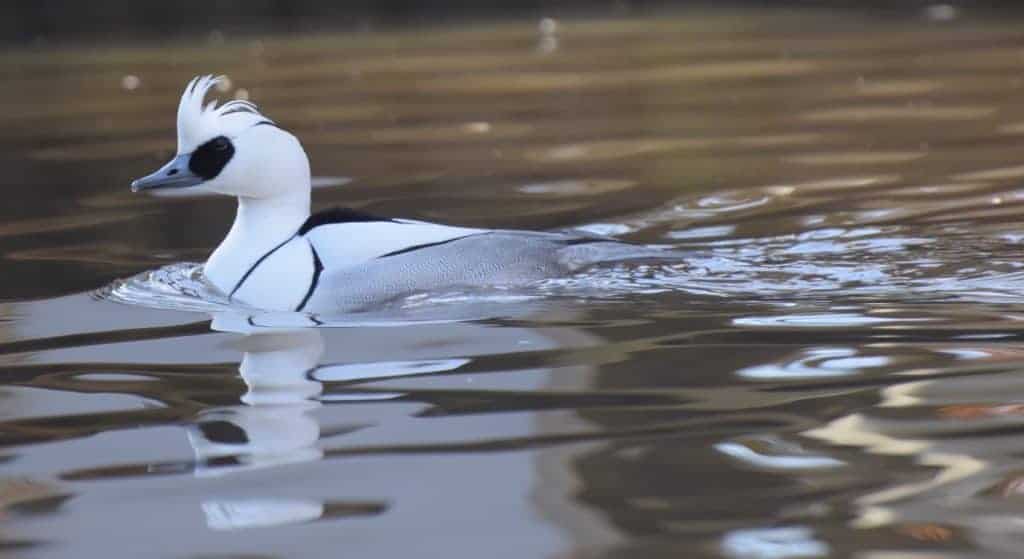
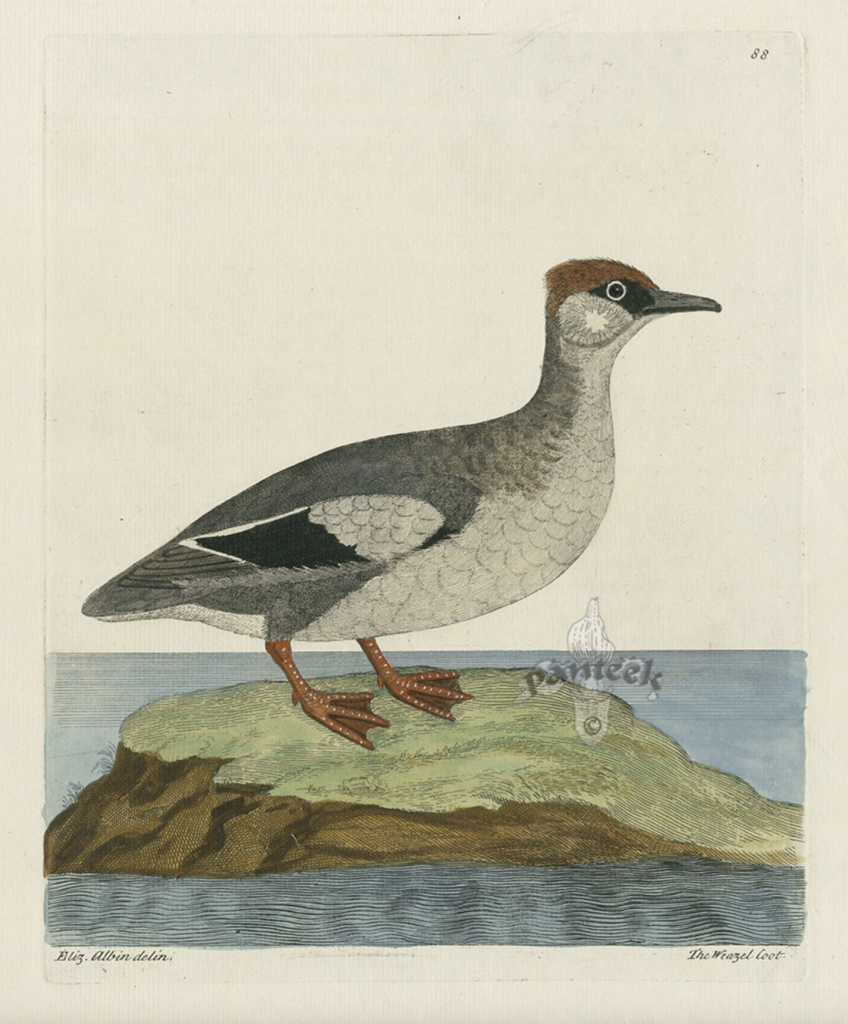
Wild Smew like to nest in holes made by Black Woodpeckers, but in captivity they will readily use nest boxes. Though now widely kept and bred in collections, these handsome birds only thrive on cold, clean water, and require a specialist diet, while their desirability is reflected in a high price per pair. They lay a clutch of 6–9 creamy buff eggs that take 28 days to hatch.
Share this page